Table of content
Basa fillets, derived from the Pangasius fish native to Southeast Asia, have become a staple in kitchens worldwide due to their mild flavor, delicate texture, and affordability. Often compared to cod or haddock, basa is a versatile ingredient that lends itself to various cooking methods, from pan-frying and baking to grilling and poaching. This article delves into the nuances of selecting, preparing, and cooking basa fillets to perfection, ensuring every dish is both flavorful and nutritious. Whether you’re a novice cook or a seasoned chef, this guide will equip you with the knowledge to create restaurant-quality meals at home.
Understanding Basa Fillets
Basa fish, scientifically known as Pangasianodon hypophthalmus, thrives in the Mekong River and Chao Phraya River basins. Its fillets are prized for their white, flaky flesh and subtle taste, which makes them an excellent canvas for absorbing flavors from seasonings, marinades, and sauces. Unlike stronger-tasting fish like salmon or mackerel, basa’s neutral profile allows it to adapt to diverse culinary traditions, from Asian stir-fries to Mediterranean-inspired baked dishes.
Nutritionally, basa fillets are a lean protein source, rich in omega-3 fatty acids, vitamin B12, and selenium. A 100-gram serving contains approximately 90 calories, 17 grams of protein, and minimal fat, making it a healthy choice for weight-conscious diets. Additionally, its low mercury content renders it safe for regular consumption, including for pregnant women and children.
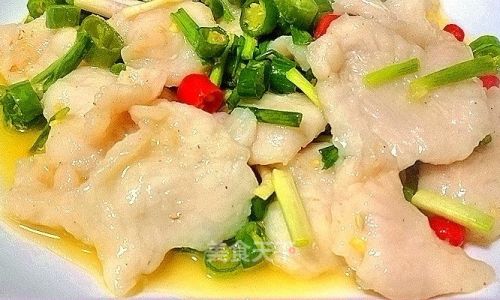
Selecting and Preparing Basa Fillets
Choosing Fresh or Frozen Fillets
When purchasing basa fillets, freshness is paramount. Look for fillets with firm, translucent flesh and a mild, sea-breeze aroma. Avoid those with discoloration, a fishy odor, or dry edges. Frozen fillets are equally viable if stored properly; ensure they are vacuum-sealed or tightly wrapped to prevent freezer burn. Thaw frozen fillets in the refrigerator overnight or under cold running water—never at room temperature, as this promotes bacterial growth.
Preparation Steps
- Pat Dry: Remove excess moisture using paper towels to ensure even cooking and prevent sogginess.
- Trimming: Check for any remaining scales, bones, or dark flesh (often near the skin) and remove them with tweezers or a sharp knife.
- Seasoning: Basa benefits from light seasoning. Use salt, pepper, lemon juice, or herbs like dill, parsley, or cilantro to enhance its natural flavor without overpowering it.
Cooking Methods for Basa Fillets
Pan-Frying
Pan-frying yields a crispy exterior while keeping the interior moist.
- Ingredients: Basa fillets, olive oil or butter, seasonings (salt, pepper, garlic powder), lemon wedges.
- Steps:
- Heat a non-stick skillet over medium-high heat. Add a tablespoon of oil or butter.
- Season the fillets and place them skin-side down (if skin is intact) in the pan.
- Cook for 3–4 minutes per side until golden brown. Avoid flipping too often to prevent breaking.
- Serve with lemon wedges and a side of steamed vegetables or mashed potatoes.
Baking
Baking is a hands-off method ideal for busy cooks.
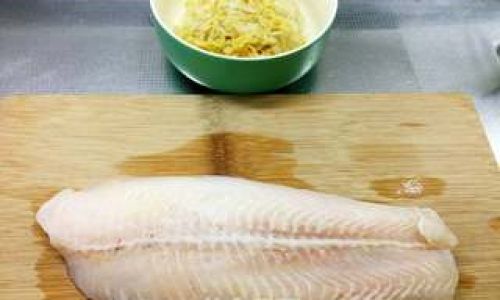
- Ingredients: Basa fillets, olive oil, garlic, herbs (thyme, rosemary), lemon slices.
- Steps:
- Preheat the oven to 400°F (200°C). Line a baking dish with parchment paper.
- Place fillets in the dish, drizzle with oil, and top with garlic, herbs, and lemon slices.
- Bake for 12–15 minutes until the flesh flakes easily with a fork.
- Optional: Broil for 2 minutes to crisp the top.
Grilling
Grilling imparts a smoky flavor and attractive grill marks.
- Ingredients: Basa fillets, olive oil, smoked paprika, lemon juice.
- Steps:
- Preheat the grill to medium heat. Oil the grates to prevent sticking.
- Brush fillets with oil and season with paprika, salt, and pepper.
- Grill for 4–5 minutes per side, covered, until cooked through.
- Squeeze lemon juice before serving.
Poaching
Poaching preserves the fillets’ delicate texture.
- Ingredients: Basa fillets, vegetable broth, white wine, shallots, bay leaf.
- Steps:
- In a shallow pan, simmer broth, wine, shallots, and bay leaf over low heat.
- Gently slide fillets into the liquid. Poach for 5–7 minutes until opaque.
- Serve with the poaching liquid reduced into a sauce.
Air Frying
A modern twist for a crispy finish.
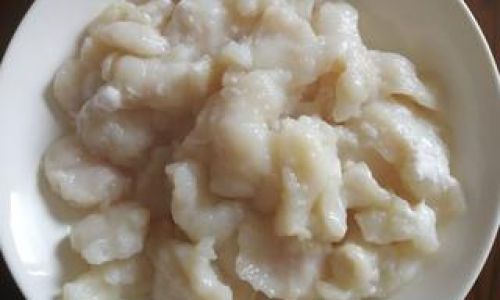
- Ingredients: Basa fillets, breadcrumbs, Parmesan, egg wash.
- Steps:
- Preheat the air fryer to 375°F (190°C).
- Dip fillets in egg wash, then coat in a mixture of breadcrumbs and Parmesan.
- Air fry for 8–10 minutes, flipping halfway, until golden.
Recipe Variations
Lemon Garlic Basa
- Ingredients: Fillets, minced garlic, lemon zest, butter, parsley.
- Method: Sauté garlic in butter, add fillets, and baste with lemon zest mixture.
Spicy Cajun Basa
- Ingredients: Cajun seasoning, paprika, cayenne, onion powder.
- Method: Rub fillets with spices, pan-fry, and serve with remoulade sauce.
Asian-Inspired Basa
- Ingredients: Soy sauce, ginger, honey, sesame oil, green onions.
- Method: Marinate fillets for 20 minutes, then bake or pan-fry. Garnish with sesame seeds.
Mediterranean Basa
- Ingredients: Cherry tomatoes, olives, capers, oregano, olive oil.
- Method: Roast fillets with the ingredients in a foil packet.
Serving Suggestions
Basa fillets pair beautifully with:
- Grains: Quinoa, brown rice, or couscous.
- Vegetables: Asparagus, spinach, zucchini, or roasted Brussels sprouts.
- Sauces: Tartar sauce, hollandaise, or a drizzle of pesto.
- Salads: Arugula with balsamic vinaigrette or a Greek salad.
For a complete meal, serve baked basa with garlic mashed potatoes and sautéed green beans. Alternatively, wrap grilled fillets in tortillas with avocado and salsa for fish tacos.
Storage and Reheating Tips
- Refrigeration: Store cooked fillets in an airtight container for up to 3 days.
- Freezing: Freeze raw fillets for up to 3 months; thaw in the refrigerator before cooking.
- Reheating: Gently warm in the oven at 275°F (135°C) or in a skillet over low heat to prevent dryness.
Nutritional Highlights and Safety Tips
- Nutrition: A 150-gram serving provides 25 grams of protein, 0 grams of carbs, and 5 grams of fat.
- Safety: Cook basa to an internal temperature of 145°F (63°C) to eliminate parasites. Avoid cross-contamination by using separate utensils for raw and cooked fish.
Conclusion
Basa fillets are a culinary chameleon, offering endless possibilities for creative home cooks. Their mild taste and tender texture make them ideal for experimenting with global flavors, while their health benefits align with modern dietary preferences. By mastering techniques like pan-frying, baking, and grilling, you can elevate this humble fish into gourmet dishes that impress family and guests alike. Whether you’re craving a light summer meal or a hearty winter dinner, basa fillets deliver consistency and flavor every time. So, venture beyond the ordinary and let this versatile fish become your next kitchen adventure.
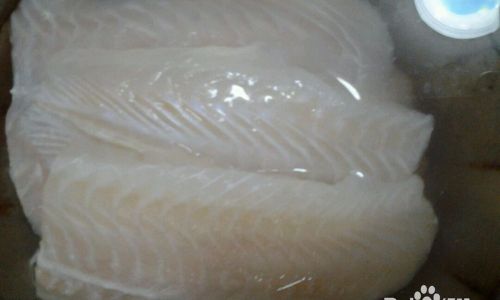
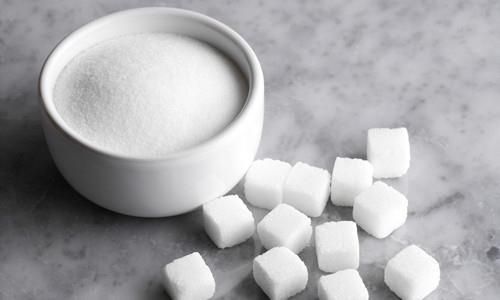
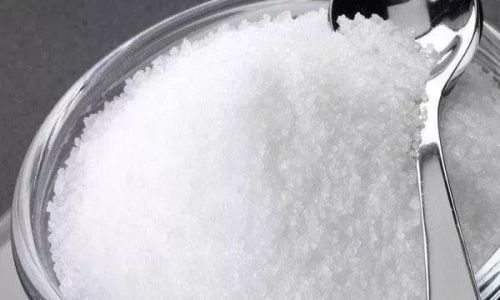
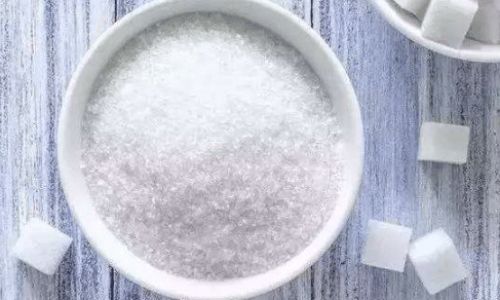



0 comments